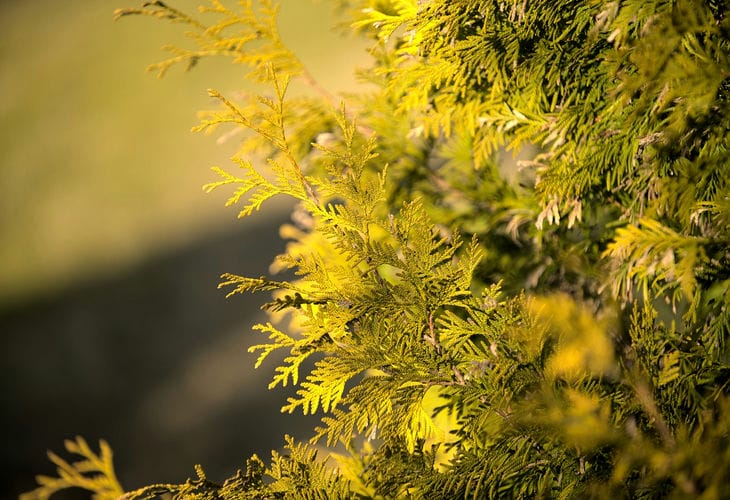How to save a thuja that has turned yellow after winter: simple advice from an agronomist
Owners of private plots may have noticed more than once that after winter, only the thuja cannot recover.
This seemingly unpretentious tree quickly turns yellow after winter.
Together with the expert of the online publication TUT NOVOSTI, agronomist, landscape designer Anastasia Kovrizhnykh , we figure out why this happens.
How to save thuja from yellowing
The reasons that can cause trees to turn yellow are actually quite varied.
Firstly, the thuja may turn yellow for natural reasons. That is, the variety you planted is characterized by the presence of a yellow pigment or the tree's lifespan has come to an end.

And if nothing can be done in the above cases, then a planting error is a much more serious problem. It is indicated by the dying off of most of the crown in the spring.
The thing is that no matter how unpretentious the thuja is, it does not like clay and sandy soils, as well as close groundwater and a place in a draft. In this case, the plant should be transplanted to another place.
Thirdly, thuja turns yellow due to improper care, in particular, lack or excess of moisture, freezing of the roots or lack of iron.
Fourthly, your thuja could be sick. Yellowing is caused by shute, or brown snow mold, which is eliminated by cutting off the affected parts of the tree.
Earlier we wrote why to plant thuja on your site.
